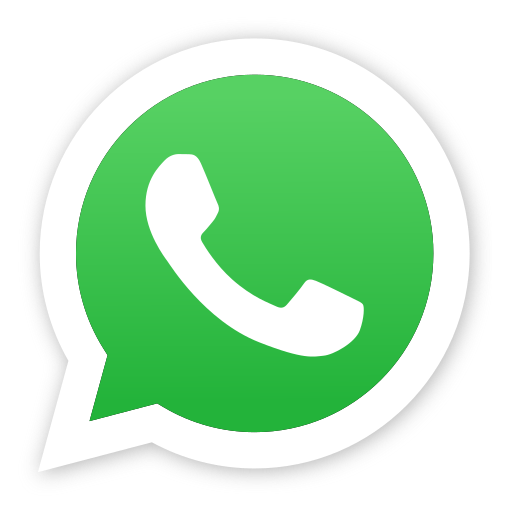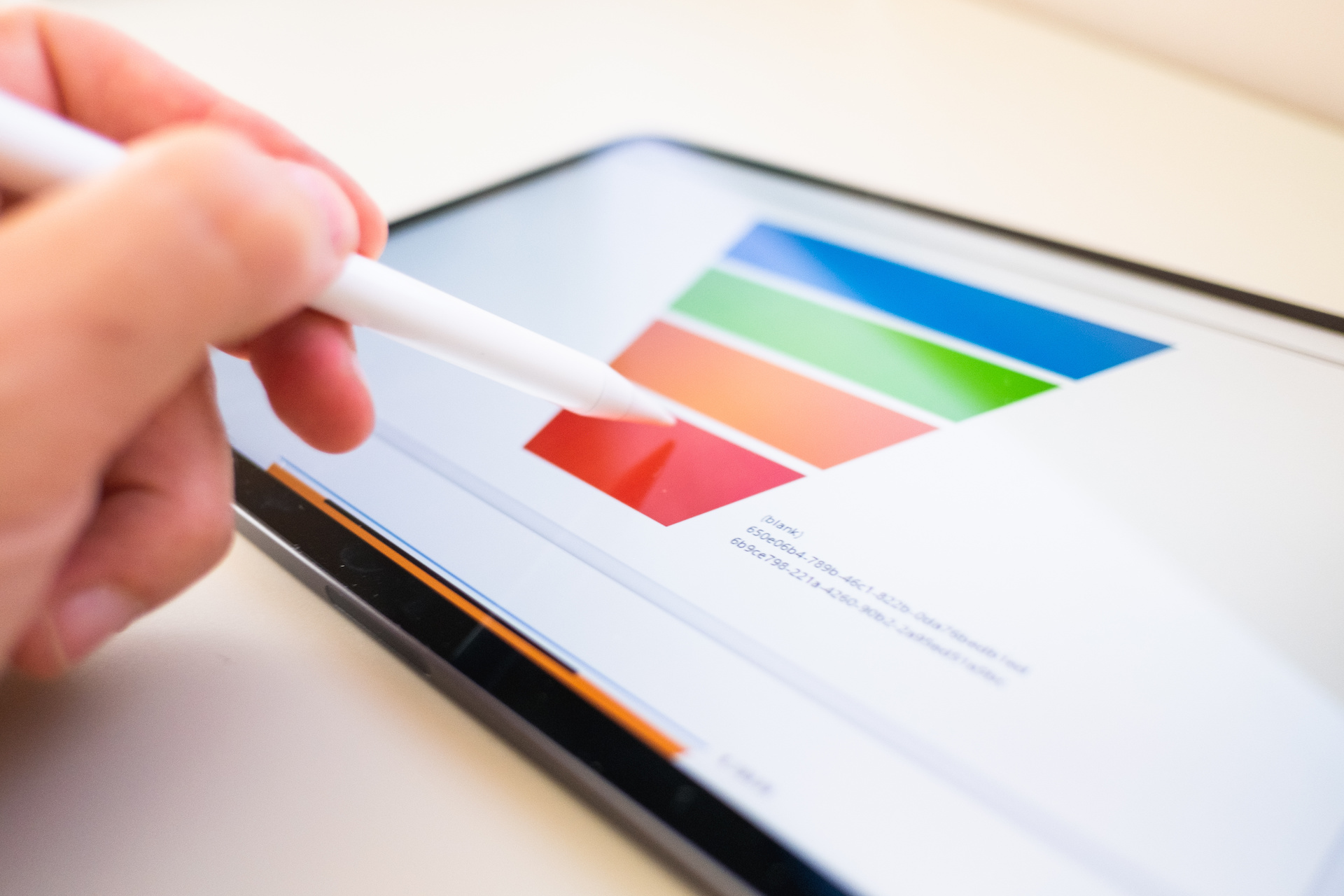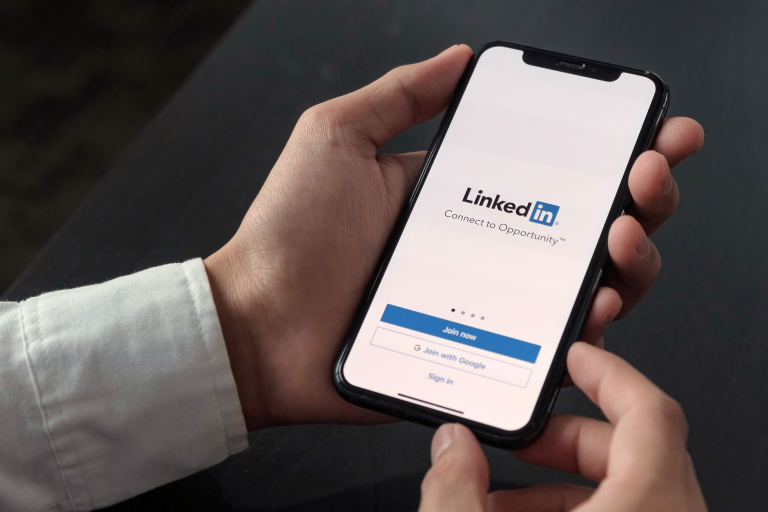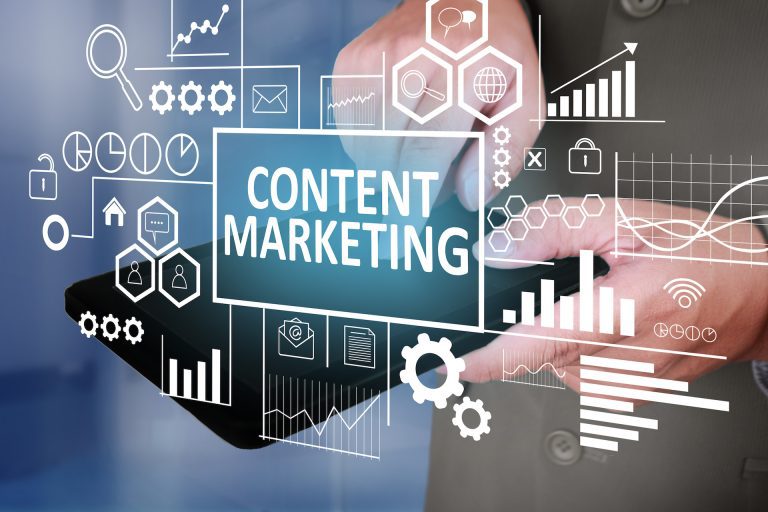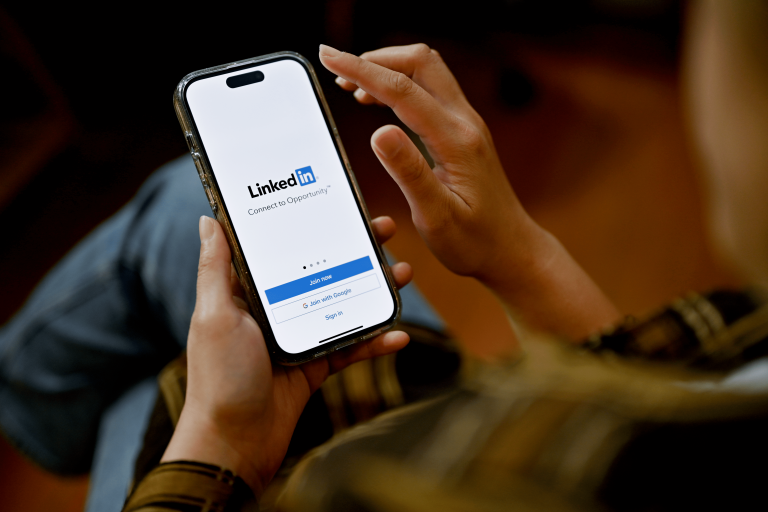What is a Marketing Funnel and How Do You Optimize It?
One of the most vital parts of sales is marketing, but no marketing strategy is one-size-fits-all. After all, your business is unique, so your marketing approach should be as well. But even within your marketing strategy, you’ll need to use different methods to meet the buyer right where they are, proving your company can provide the answers and solutions they need.
But how can you reach out to the buyer and get them to listen? By targeting them depending on where they are in the marketing funnel. But what is a marketing funnel, and how can you figure out where your audience is? Here’s your guide.
What Is A Marketing Funnel?
To start, we’ve got to answer that basic question: what is a marketing funnel? Essentially, it’s a set of stages that your potential buyer goes through before they actually purchase. The funnel is a helpful tool in planning out your efforts to get your audience’s attention and convert your prospects when it’s appropriate.
Your basic marketing funnel can be divided into three categories: awareness, consideration, and conversion. (You might also hear these categories referred to as “top of the funnel (TOFU),” “middle of the funnel (MOFU),” and “bottom of the funnel (BOFU).”

(image from https://blog.hubspot.com/marketing/conversion-funnel)
Let’s clarify with an example. Say your business sells lawn mowers. When a user first discovers your brand and starts to engage with it (like checking out your Facebook page), they’re in the awareness stage. Once they continue to engage with your brand in a more concrete way (like signing up for your email list) and are taking you more seriously, this is the consideration stage. Finally, when your potential buyer is ready to make a purchase, they’ve moved into the conversion stage.
Optimizing For The Awareness Stage
During the awareness stage, you haven’t yet had a chance to build a relationship with your potential customer. They may only just now be learning about your brand or might have never needed your products or services until now. At this stage, your marketing efforts should be focused on increasing awareness of your brand (as the name implies) and showing what you can offer to your users.
The awareness stage should be characterized by displaying your offerings and setting yourself apart from the competition. You might create a landing page that briefly explains your company and its products or services. Many companies also use paid ads at this stage, helping to find the most relevant audience to get the word out.
Optimizing For The Consideration Stage
As your prospects move into the consideration stage, they already know a bit about your brand but may not have directly engaged with you yet. Now is the time to facilitate and encourage that engagement. The more effectively you can communicate with your audience, the more trust you’ll build with them. In turn, you’ll gain a strong reputation and can continue showing how you’re better than competing brands.
During this stage, it’s important to produce content that encourages your audience to engage with it. Write a blog post, for instance, that poses a question to your readers or explains a concept within your niche. You might create a survey so your readers can tell you their concerns or issues within your field. Case studies can also be valuable during this stage as well, since they show your audience that you can put your money where your mouth is.
Optimizing For The Conversion Stage
Finally, your prospects will move into the conversion stage. By now, they already know quite a bit about your brand and have meaningfully and intentionally engaged with you. They probably have a good amount of knowledge about your products and are in the last stage before they (hopefully) make a purchase. Now, your job is to push them to click that “purchase” button.
Content for this stage is often largely focused on your product or service itself. You might consider creating a how-to video or blog post to show potential buyers how to use your offering. Social proof, like customer reviews, can also help prove your worth. If you’re able to, try letting your potential buyers access a trial or a demo so they can sample your product or service before fully committing.
Tracking Your Success
Now we’ve answered two fundamental questions: What is a marketing funnel, and how do you optimize for each stage? But there’s still one more question to cover: How do you measure the success of your funnel? There are quite a few different metrics you can track to see how successful your campaigns are. The metrics that you choose to track will be dependent upon your specific goals.
For instance, you can track your conversion rates. You can, of course, track the final conversion to see how many of your prospects convert into customers. But you may also want to measure micro-conversions: tracking how many people move from the awareness stage to the consideration stage, or from the consideration stage to the conversion stage. Higher conversion rates, obviously, indicate that you’re on the right track.
Another popular metric to track is your cost per acquisition, or CPA. In short, how much are you spending on your marketing campaign in order to get a new customer? Luckily, it’s pretty easy to track this metric. Just divide the cost of your marketing campaign by how many conversions you’ve gotten. If your cost is more than your gain, you might want to move in a new direction.
Work With WriterArmy
Marketing funnels are relatively straightforward but offer an abundance of guidance and data that you can use to spread the word about your company. By using your marketing funnel properly, you can create more tailored content, reach specific sects of your audience, and have a better chance of converting prospects into paying customers.
Not sure where to start with your marketing funnel or the content creation within it? WriterArmy can help. Our talented team of copywriters and content marketing experts can create a customized plan to help you set your goals and work to move above and beyond them. Contact WriterArmy today for a free quote on any of our services!

